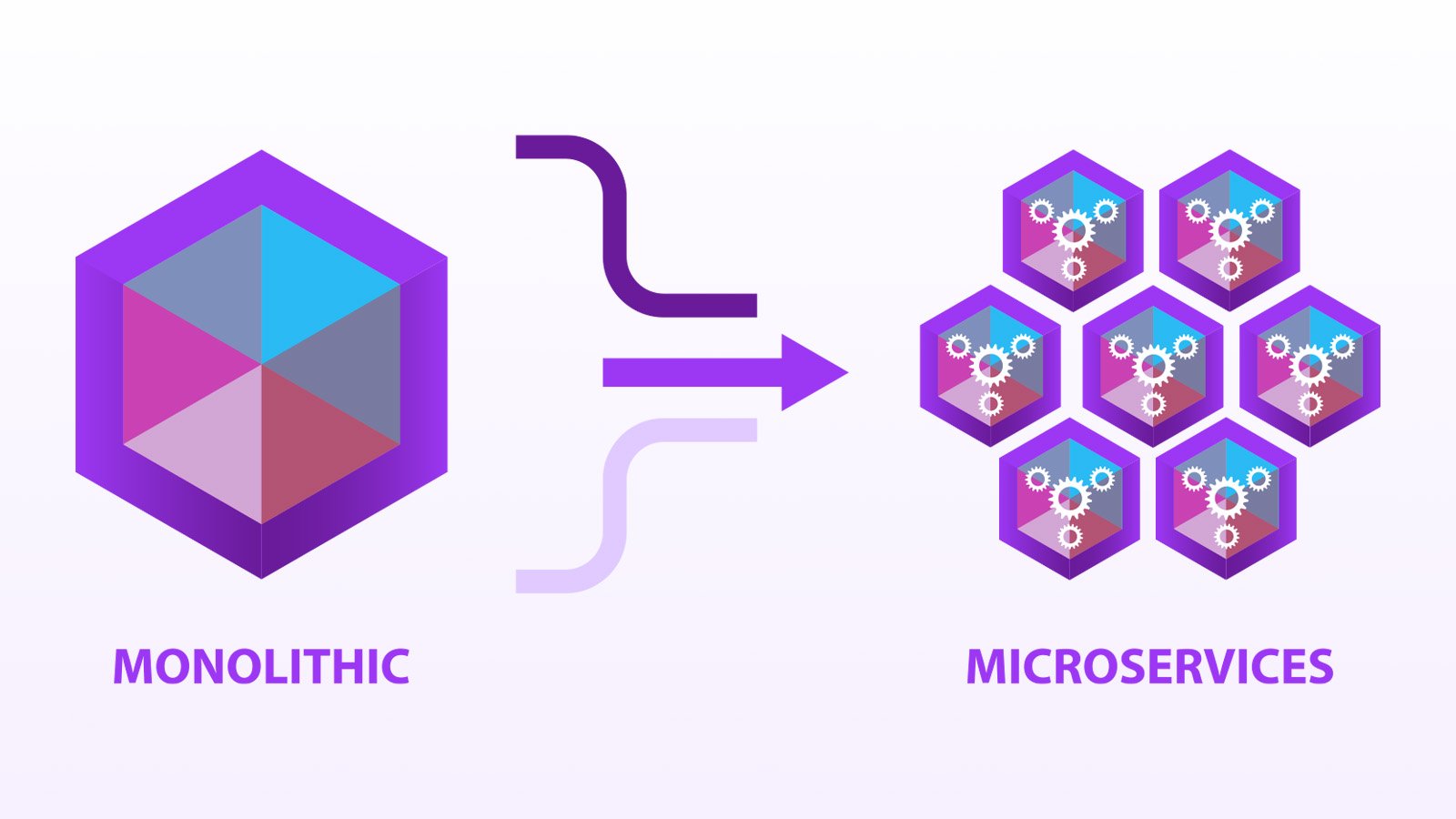4 min read
Meet MACH: The Principle of Eagle Eye’s Technology Approach
Discover how MACH principles revolutionise technology architecture empowering Eagle Eye to deliver innovative and adaptable solutions for global retailers.
Get the latest insights, research and news delivered straight to your inbox.
Plus, enter to win the 2nd edition of Omnichannel Retail by Tim Mason & Sarah Jarvis!
No spam. We promise. 💜
Featured Case Study:
See how Eagle Eye helped Giant Eagle relaunch myPerks, delivering 25M+ personalized offers monthly and boosting loyalty program ROI.
Contact us to find out how we can enable your teams on our platform.

4 min read
 Jack Bolton
on
12 February, 2025
Jack Bolton
on
12 February, 2025

Software development has changed a lot over the years, and so has the way we design systems. One big shift that’s made waves recently is moving from monolithic architectures to microservices. Why? Because modern apps need to scale fast, adapt quickly, and keep up with constant innovation, especially in today’s competitive world. By digging into what makes these architectures tick (and where they fall short), businesses can figure out how to use microservices to stay nimble and get ahead.
In simple terms, a monolithic architecture bundles all components—user interfaces, business logic, and data management—into one unified application. It’s the architectural equivalent of a Swiss Army knife. It contains everything you need in one place but lacks the flexibility to optimize or replace individual tools for specific tasks.. When businesses are small or have limited technical complexity, this approach often makes sense.

From my experience working with smaller teams, monolithic systems have a lot going for them initially:
However, as businesses grow, the cracks often start to show.

I’ve had countless conversations with customers who started with monolithic systems but eventually ran into challenges like:
As Martin Fowler highlights in his article on microservices, monolithic systems often hinder scalability and adaptability - two factors that are critical as businesses grow.
When initially launched in 2011, microservices represented a transformative approach to system design. Rather than consolidating all functionalities into a single, monolithic structure, this approach breaks the system into smaller, autonomous services. It's akin to having a dedicated, specialized tool for each task in your toolbox. Each service is purpose-built to handle a specific function such as processing payments or managing user profiles and seamlessly interacts with other services through well-defined APIs.

When explaining microservices to clients, I often emphasize how microservices offer a compelling solution to the challenges posed by traditional monolithic systems. Unlike monoliths, where scaling or modifying individual components often affects the entire system, microservices enable unparalleled flexibility and resilience leading to the following benefits:
As outlined in Sam Newman's book Building Microservices, microservices not only enable businesses to adapt to changes faster but also encourage innovation by allowing teams to experiment with new technologies without overhauling the entire system.

Helping customers transition from monoliths to microservices has taught me one thing: planning is everything. The process involves:
Of course, this isn’t a walk in the park. Some of the most common challenges I’ve seen include:
From experience, I've found that success comes down to three things:
Insights from the Red Hat article on microservices emphasize the importance of having a clear strategy and leveraging automation tools to streamline this complex transition.

Middleware is like the unsung hero of microservices. It ensures all the moving parts—authentication, communication, logging—work seamlessly. I’ve seen how the right middleware can make or break a microservices implementation.
When explaining middleware to clients, I like to emphasize its practical benefits:
Articles like Mulesoft's guide to middleware underscore the critical role middleware plays in successful microservices architectures.
Here are a few patterns I’ve found invaluable:
Based on insights from AWS microservices best practices and my own experience, here’s what I tell clients:
Transitioning from monolithic to microservices architecture isn’t just a technical decision—it’s a strategic one. For sales engineers like me, it’s about helping customers see the bigger picture: the scalability, flexibility, and innovation this shift can bring. Yes, the journey is challenging, but with the right approach and tools, it’s a transformation that pays dividends. If your business is ready to take that leap, the potential benefits are too significant to ignore. Let’s build a system that grows with your ambitions.
Get the latest insights, research, and news delivered straight to your inbox.
Plus, enter to win the 2nd edition of Omnichannel Retail by Tim Mason & Sarah Jarvis!
No spam. We promise. 💜

4 min read
Discover how MACH principles revolutionise technology architecture empowering Eagle Eye to deliver innovative and adaptable solutions for global retailers.

5 min read
Learn to 'MACH-up' your MarTech stack using MACH principles and a customer journey focus. Strategically buy MarTech solutions for long-term success.

2 min read
Explore the pros and cons of integrated vs specialist loyalty platforms, and find the best solution for your business to drive customer engagement & growth